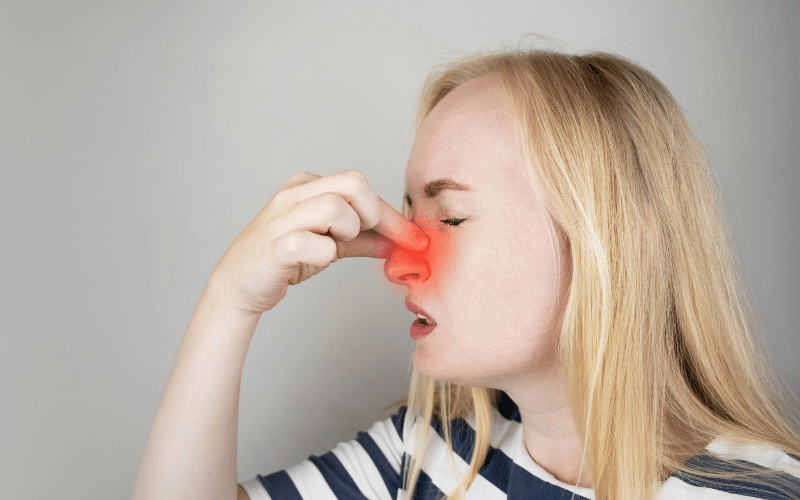Introduction: The Underlying Causes of Snoring

Snoring – a sound that’s familiar to many bedrooms around the world. While often the butt of many a joke, for those affected, either directly or indirectly, it’s no laughing matter. Delving into the intricacies of why we snore might seem overwhelming, but it offers insight into this prevalent phenomenon.
With many factors contributing to the concert that takes place during slumber, it’s beneficial to approach each cause with a keen, understanding eye. Today, we unpack the top ten reasons behind this nocturnal noise.
1. Obstructed Nasal Passages: The Silent Gatekeepers Turned Noisy

The nose, often seen as just a prominent facial feature, plays a pivotal role in our respiratory system. When it works correctly, it’s a silent gatekeeper, ushering in life-sustaining oxygen. But even the slightest hiccup can turn this silent sentinel into a noisy gatecrasher.
We’ve all felt the stuffiness of a cold or allergy flare-up. That feeling of blockage doesn’t just make breathing laborious; it disrupts the smooth flow of air. The turbulent airflow results in the vibrations we recognize as snoring.
As the nostrils narrow, the speed at which air must travel to sustain life increases, akin to squeezing the end of a garden hose. This fast-moving air creates pressure, leading to tissue vibration and the consequent snoring sound.
The septum is the bridge of cartilage separating the nostrils. While some of us are born with a perfectly centered septum, others have a septum that leans to one side, like the Leaning Tower of Pisa.
This architectural anomaly creates an imbalance in the size of breathing passages, leading to reduced airflow in one nostril. This limited space can cause turbulence, another leading factor in the snoring saga.
These teardrop-shaped growths dangling from the nasal passages may seem benign, but they are notorious snoring culprits. Picture a wind chime in a breezy corridor; as air flows past, the chimes (or polyps) obstruct the path, leading to turbulent airflow, culminating in the distinct drone of snoring.
These unsung heroes of the nasal corridor regulate airflow and filter out foreign particles. However, when they swell, it’s akin to roadworks on a freeway; they narrow the path, creating congestion and the all-too-familiar rumbles of nocturnal nasal noises. (1)